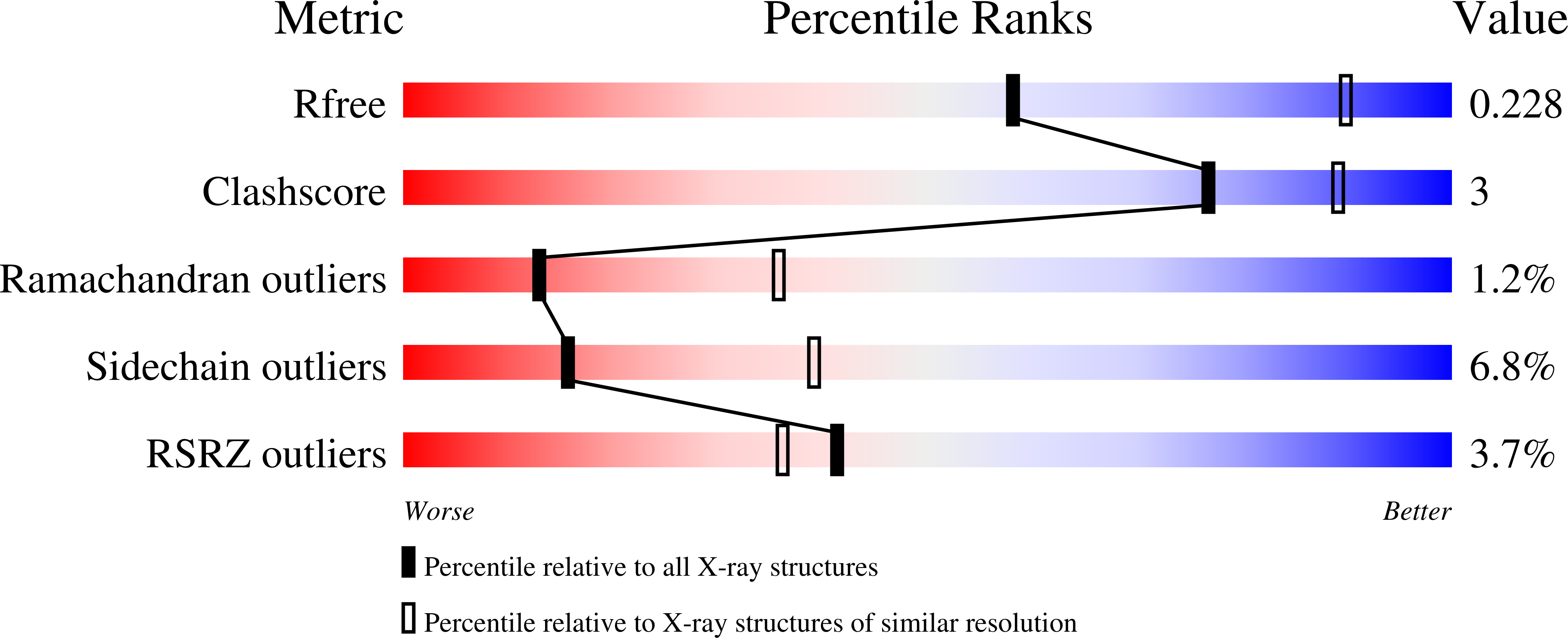The vaccinia virus DNA polymerase structure provides insights into the mode of processivity factor binding.
Tarbouriech, N., Ducournau, C., Hutin, S., Mas, P.J., Man, P., Forest, E., Hart, D.J., Peyrefitte, C.N., Burmeister, W.P., Iseni, F.(2017) Nat Commun 8: 1455-1455
- PubMed: 29129932
- DOI: https://doi.org/10.1038/s41467-017-01542-z
- Primary Citation of Related Structures:
5N2E, 5N2G, 5N2H - PubMed Abstract:
Vaccinia virus (VACV), the prototype member of the Poxviridae, replicates in the cytoplasm of an infected cell. The catalytic subunit of the DNA polymerase E9 binds the heterodimeric processivity factor A20/D4 to form the functional polymerase holoenzyme. Here we present the crystal structure of full-length E9 at 2.7 Å resolution that permits identification of important poxvirus-specific structural insertions. One insertion in the palm domain interacts with C-terminal residues of A20 and thus serves as the processivity factor-binding site. This is in strong contrast to all other family B polymerases that bind their co-factors at the C terminus of the thumb domain. The VACV E9 structure also permits rationalization of polymerase inhibitor resistance mutations when compared with the closely related eukaryotic polymerase delta-DNA complex.
Organizational Affiliation:
Institut de Biologie Structurale (IBS), Université Grenoble Alpes, CNRS, CEA, 71 Avenue des Martyrs, 38042, Grenoble, France.























